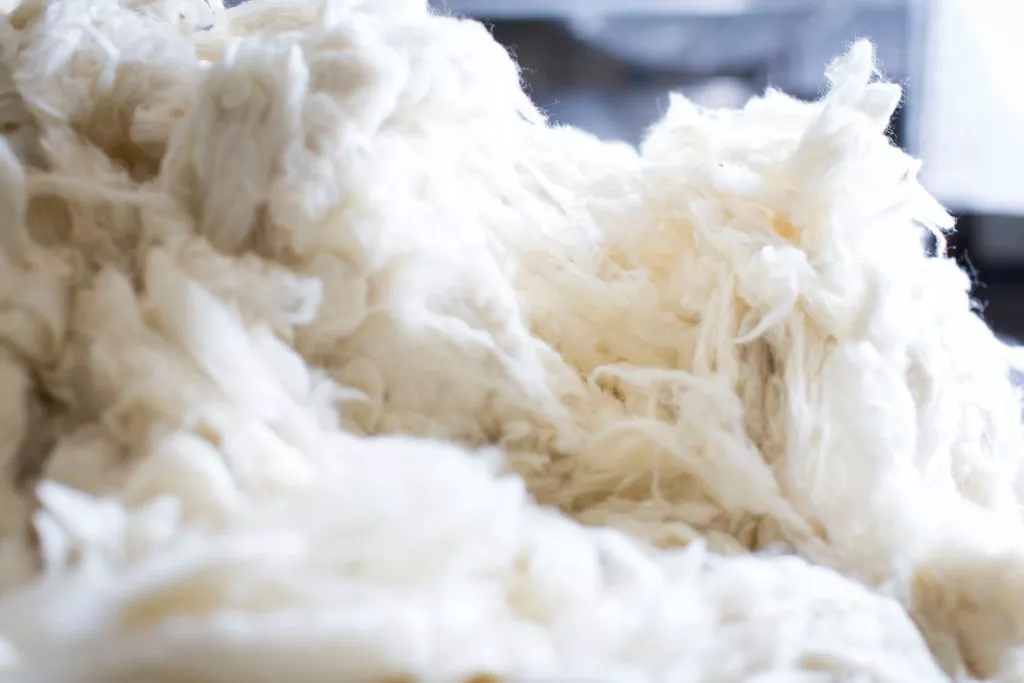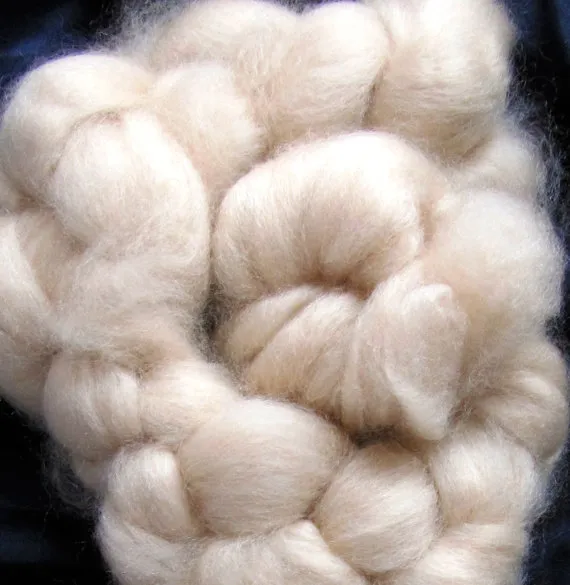After raw cashmere is collected, it undergoes a critical preparation stage that begins with scouring, also known as washing. This process is essential to remove natural impurities such as grease (lanolin), sweat residues, dirt, sand, and plant matter collected during combing.
Mongolian Cashmere Export Center
We use a gentle, multi-stage washing method that protects the delicate fiber structure while ensuring cleanliness and hygiene. The water temperature, pH levels, and detergents are precisely controlled to avoid damage and preserve the fiber’s natural softness, elasticity, and loft. By the end of the scouring process, the fiber becomes visibly cleaner, brighter, and softer—ready for mechanical refinement.
Once clean, the fiber enters the dehairing phase — one of the most technically demanding and defining stages of the entire production cycle.


The goal here is to separate the valuable soft undercoat fibers from the coarse outer guard hairs and any remaining vegetable matter. Using specialized dehairing machines calibrated to extremely fine tolerances, we mechanically comb and filter the fiber through a series of rollers and sieves.
This process ensures that only the finest, softest fibers remain — typically measuring between 14 and 16 microns in diameter. Our strict quality standards result in high-grade dehaired cashmere that is luxuriously soft, uniform in texture, and free from harsh or itchy fibers. At this point, the material reaches its purest state, ready to begin its transformation into premium yarns and textiles.

